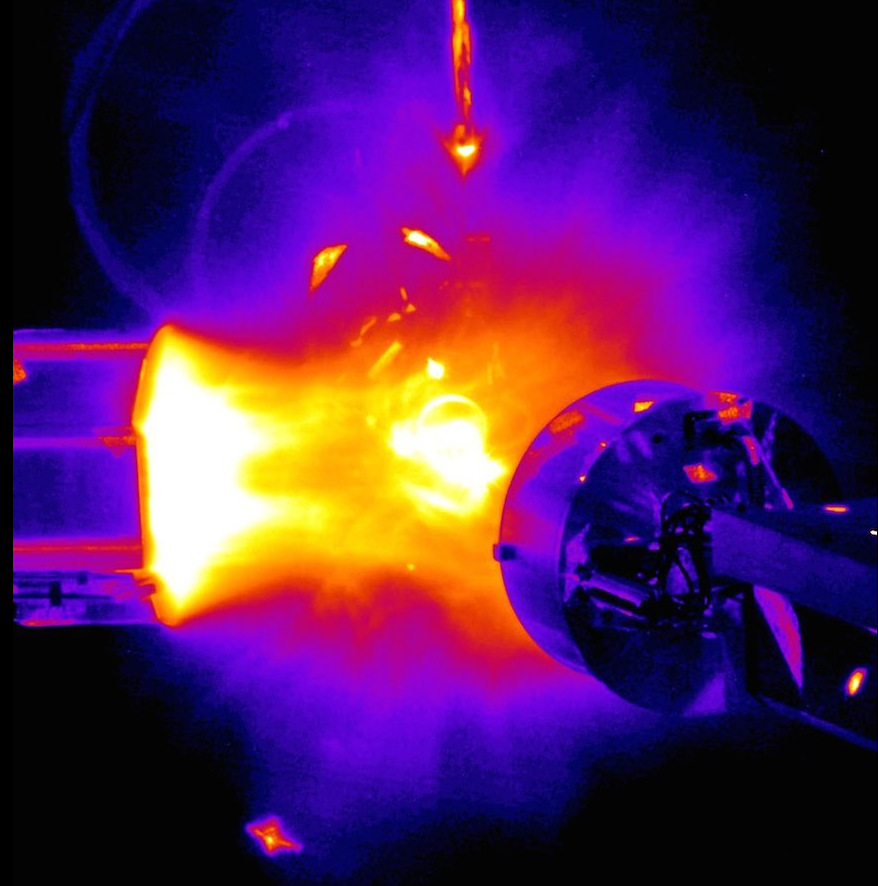CRETIN is a 1D, 2D, and 3D non-local thermodynamic equilibrium (NLTE) atomic kinetics/radiation transport code which follows the time evolution of atomic populations and photon distributions as radiation interacts with a plasma consisting of an arbitrary mix of elements. It can provide detailed spectra for comparing with experimental diagnostics.
Simulations require atomic models describing energy levels and transition rates for each element. Cretin can produce its own atomic models, or it can use data from FAC, HULLAC or other atomic codes. Models generated by Cretin use a screened-hydrogenic approach as described in the journal article:
H.A. Scott and S.B. Hansen, "Advances in NLTE Modeling for Integrated Simulations", High Energy Density Physics 6, 39-47 (2010) https://doi.org/10.1016/j.hedp.2009.07.003.
To build collaborations and receive feedback to improve future versions, CRETIN may be provided to qualified users for academic and research purposes. Interested end users, please visit softwarelicensing.llnl.gov.
Originally written as an astrophysics research tool to model accretion disks, “cretin” is a contraction of “accretion.” Over the years, Cretin has been applied in a variety of fields. Simulated applications in the areas of inertial confinement fusion (ICF), magnetic fusion, X-ray lasers, and laser-produced plasmas are described in the journal article:
H.A. Scott, "Cretin - A Radiative Transfer Capability for Laboratory Plasmas", Journal of Quantitative Spectroscopy and Radiative Transfer 71, 689 (2001) https://doi.org/10.1016/S0022-4073(01)00109-1.
Cretin is available to select researchers for collaboration purposes and to encourage the use of integrated computer codes in the analysis of experiments. All users must be qualified to receive the export controlled code before LLNL will execute a license agreement for Cretin.


